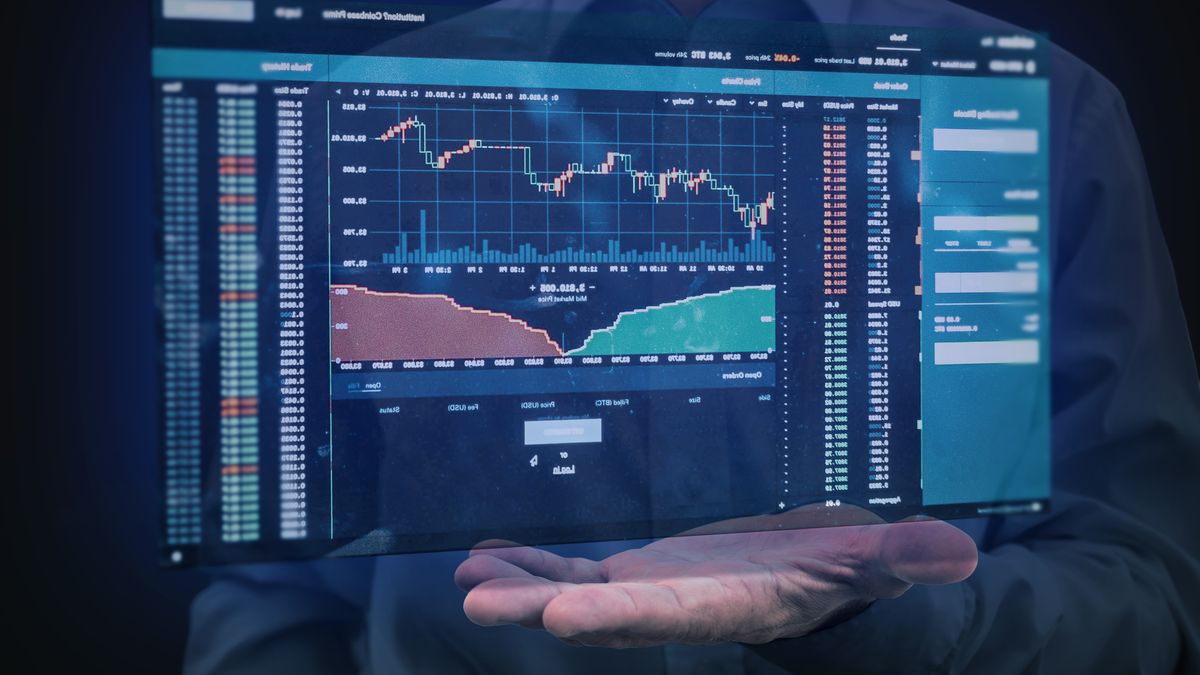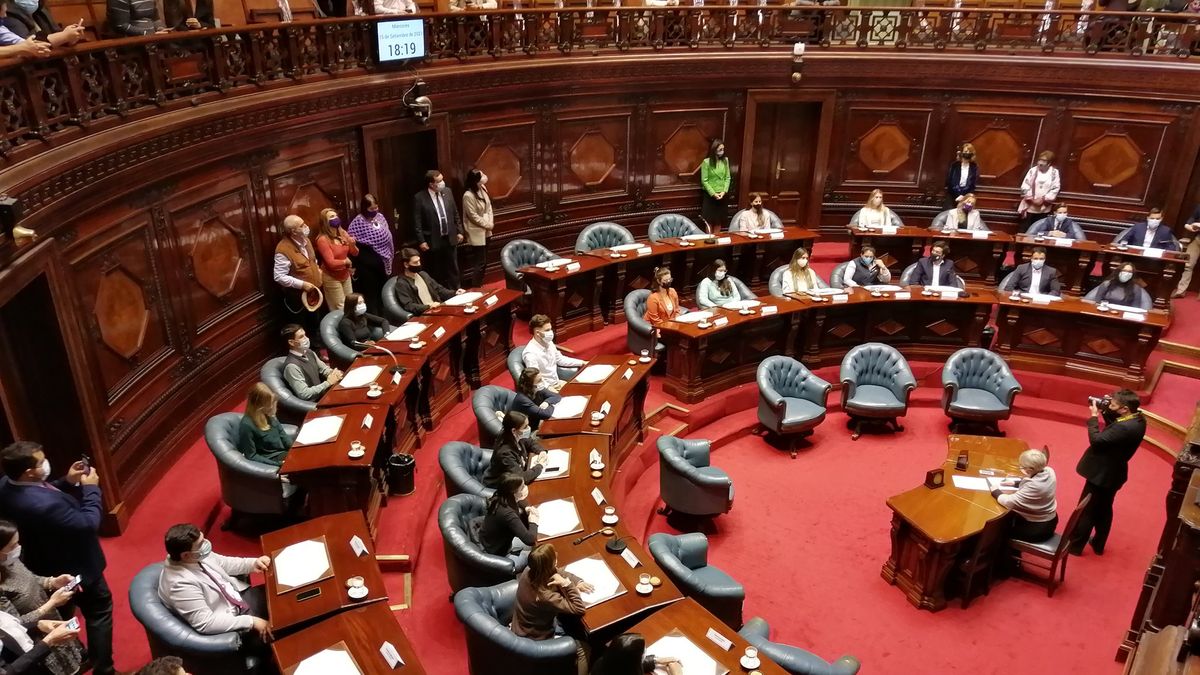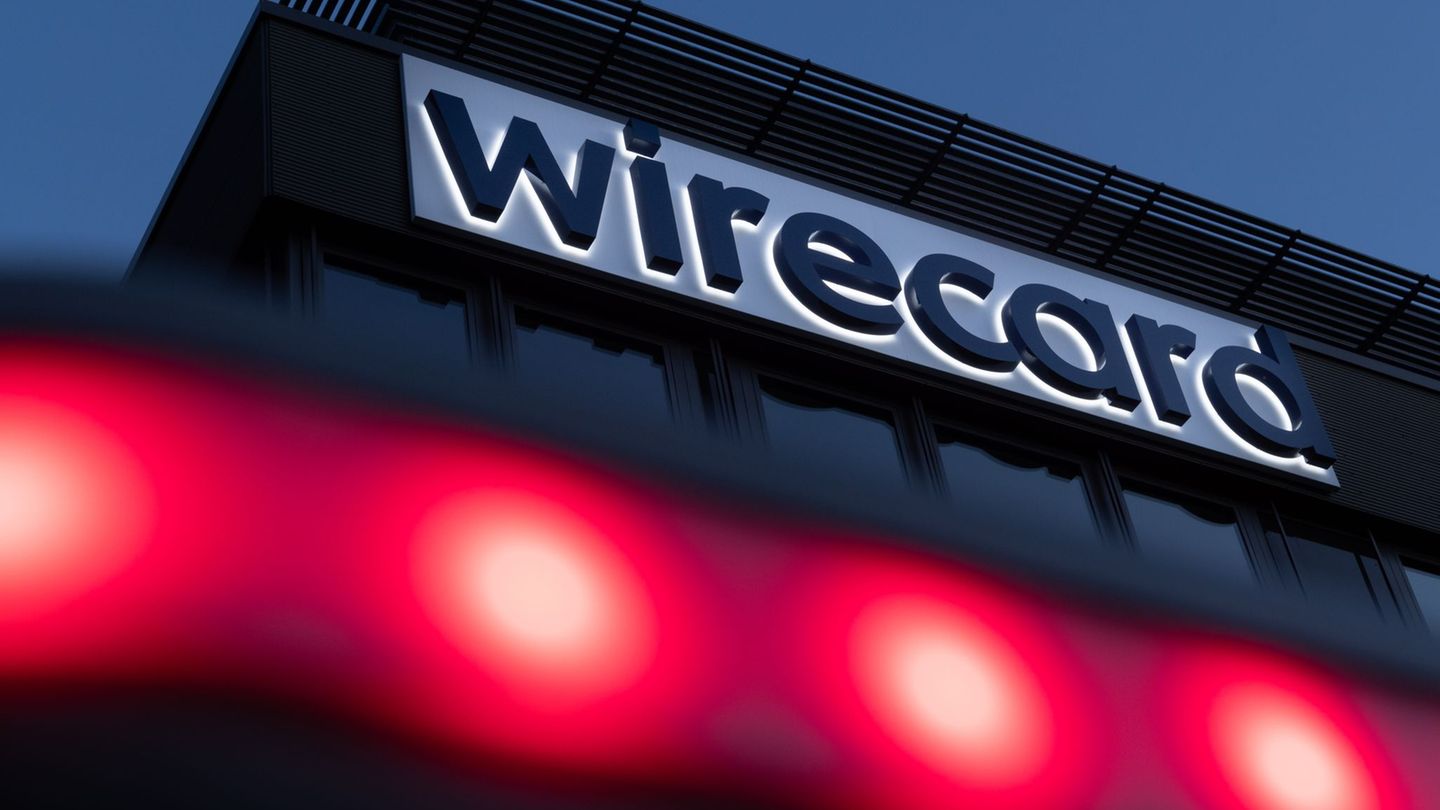When high volatility appears in the market, as occurred in great depressions such as the 2008 crisis or at the beginning of the pandemic caused by COVID 19, the VIX reaches a high figure and correlates with falls in the New York S&P500 index.
In other words, what the CBOE index tells us when it rises is that Fear and pessimism predominate in the market, which reacts with strong downward movements in the face of certain events. On the contrary, when the VIX falls, joy and confidence invade the investor mood.
The theory of this indicator is that if the market is bearish, investors believe that the market is going to fall, they will cover their portfolios by buying more puts and on the contrary if the operators are bullish they will not buy puts, since they will not see the need to protect themselves. Definitely It discounts expectations in the near future and generally works in the opposite direction to the index.
Although there are other volatility indices, such as the VXN for the Nasdaq 100, the RVX for the Russell 2000 and the VXD for the Dow Jones, the VIX is the most famous and used.
This index was developed in 1993 by the Chicago options market “Chicago Board Options Exchange” (CBOE). On October 20, 2008, it reached the highest level in its history in the middle of the financial crisis, with a level of 89.53. Currently, he is approaching 40 points, more than double the points scored less than two weeks ago.
Source: Ambito
David William is a talented author who has made a name for himself in the world of writing. He is a professional author who writes on a wide range of topics, from general interest to opinion news. David is currently working as a writer at 24 hours worlds where he brings his unique perspective and in-depth research to his articles, making them both informative and engaging.




